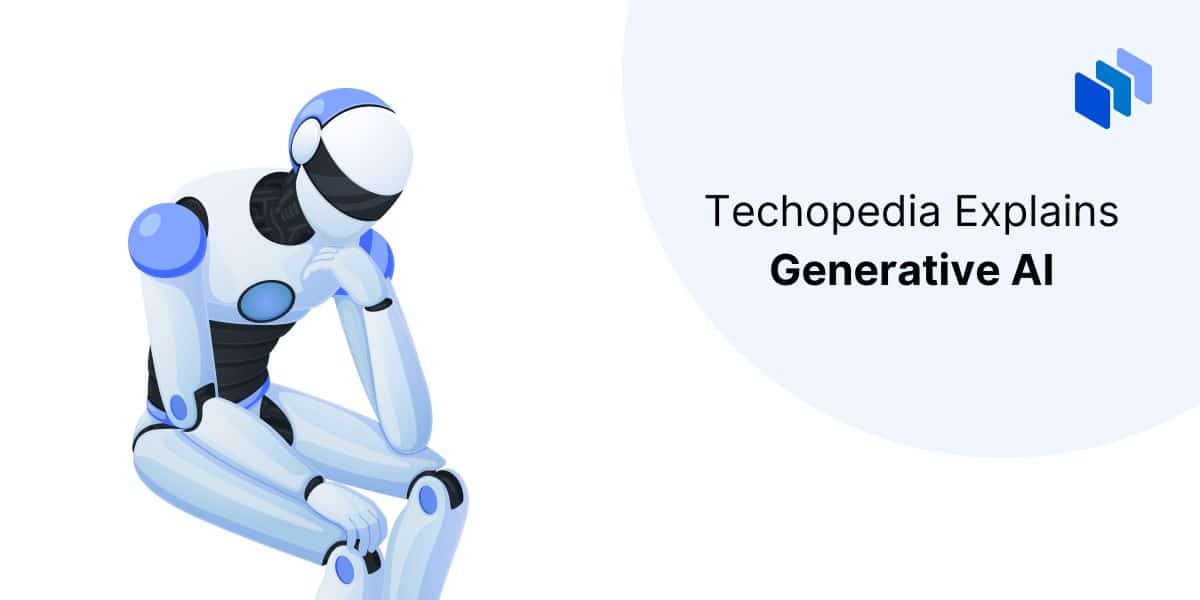All Categories
Featured
Many AI firms that train huge designs to generate text, photos, video, and sound have actually not been clear about the material of their training datasets. Various leakages and experiments have exposed that those datasets include copyrighted material such as books, newspaper short articles, and motion pictures. A number of claims are underway to determine whether use copyrighted product for training AI systems constitutes reasonable usage, or whether the AI business need to pay the copyright owners for use their product. And there are of program numerous categories of bad things it might in theory be utilized for. Generative AI can be utilized for individualized rip-offs and phishing assaults: For instance, making use of "voice cloning," scammers can replicate the voice of a details person and call the individual's family members with a plea for assistance (and cash).

(At The Same Time, as IEEE Spectrum reported this week, the U.S. Federal Communications Payment has actually responded by banning AI-generated robocalls.) Image- and video-generating tools can be utilized to generate nonconsensual porn, although the tools made by mainstream business forbid such use. And chatbots can theoretically walk a would-be terrorist via the steps of making a bomb, nerve gas, and a host of various other scaries.
What's even more, "uncensored" variations of open-source LLMs are out there. Regardless of such prospective troubles, many individuals believe that generative AI can likewise make people a lot more productive and could be made use of as a device to make it possible for entirely brand-new types of creative thinking. We'll likely see both disasters and imaginative bloomings and lots else that we don't expect.
Discover more regarding the math of diffusion designs in this blog post.: VAEs include 2 semantic networks commonly referred to as the encoder and decoder. When provided an input, an encoder converts it right into a smaller sized, a lot more thick representation of the information. This compressed representation preserves the information that's needed for a decoder to rebuild the initial input information, while throwing out any kind of irrelevant details.
This allows the user to quickly example brand-new unrealized depictions that can be mapped through the decoder to generate novel data. While VAEs can create outcomes such as photos much faster, the pictures produced by them are not as outlined as those of diffusion models.: Uncovered in 2014, GANs were taken into consideration to be the most generally used approach of the 3 before the recent success of diffusion models.
Both designs are educated together and get smarter as the generator produces far better content and the discriminator improves at detecting the created content - AI for mobile apps. This treatment repeats, pushing both to consistently enhance after every model until the created content is tantamount from the existing web content. While GANs can supply premium samples and produce outputs quickly, the sample diversity is weak, therefore making GANs better fit for domain-specific data generation
What Is The Role Of Ai In Finance?
One of one of the most prominent is the transformer network. It is very important to recognize just how it operates in the context of generative AI. Transformer networks: Similar to recurrent semantic networks, transformers are developed to process sequential input information non-sequentially. Two mechanisms make transformers specifically adept for text-based generative AI applications: self-attention and positional encodings.

Generative AI starts with a structure modela deep learning model that works as the basis for multiple various types of generative AI applications. The most typical structure versions today are big language designs (LLMs), produced for text generation applications, but there are likewise foundation designs for image generation, video generation, and sound and songs generationas well as multimodal foundation models that can sustain a number of kinds material generation.
Discover more regarding the history of generative AI in education and terms related to AI. Discover more regarding exactly how generative AI features. Generative AI devices can: Reply to triggers and concerns Create images or video Summarize and synthesize information Modify and modify web content Generate innovative jobs like musical compositions, tales, jokes, and poems Write and fix code Control information Produce and play games Abilities can differ dramatically by device, and paid versions of generative AI tools often have actually specialized features.
Generative AI devices are regularly learning and developing however, since the date of this magazine, some restrictions consist of: With some generative AI devices, regularly incorporating genuine research study into text continues to be a weak performance. Some AI tools, as an example, can generate text with a recommendation listing or superscripts with web links to sources, yet the references usually do not represent the text produced or are fake citations made from a mix of genuine publication details from numerous sources.
ChatGPT 3.5 (the complimentary version of ChatGPT) is trained utilizing data readily available up until January 2022. Generative AI can still compose potentially incorrect, oversimplified, unsophisticated, or prejudiced feedbacks to concerns or triggers.
This list is not extensive yet includes some of the most widely made use of generative AI devices. Devices with free versions are shown with asterisks - Emotional AI. (qualitative research study AI aide).
Latest Posts
Explainable Machine Learning
Cloud-based Ai
How Does Ai Process Speech-to-text?